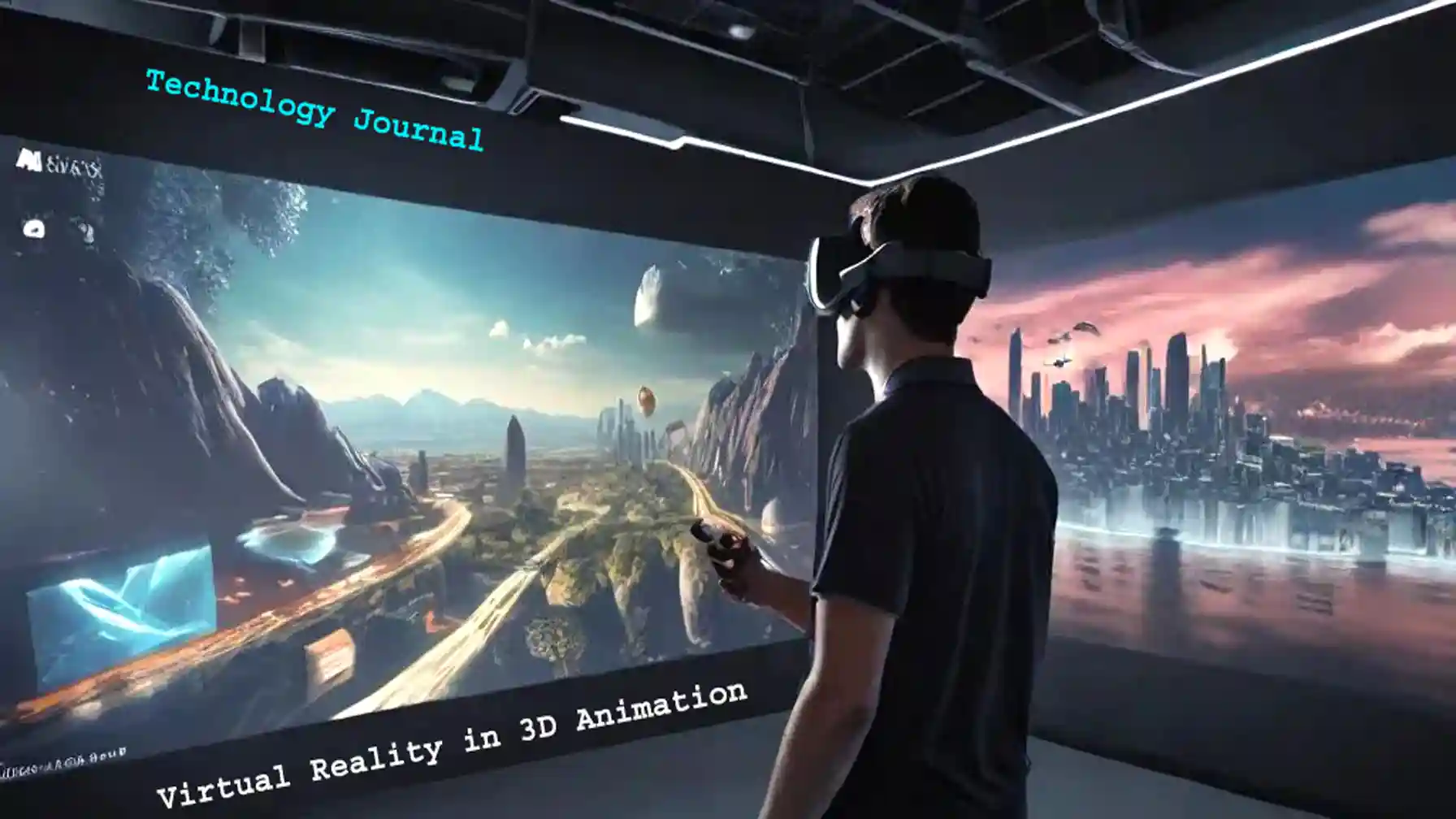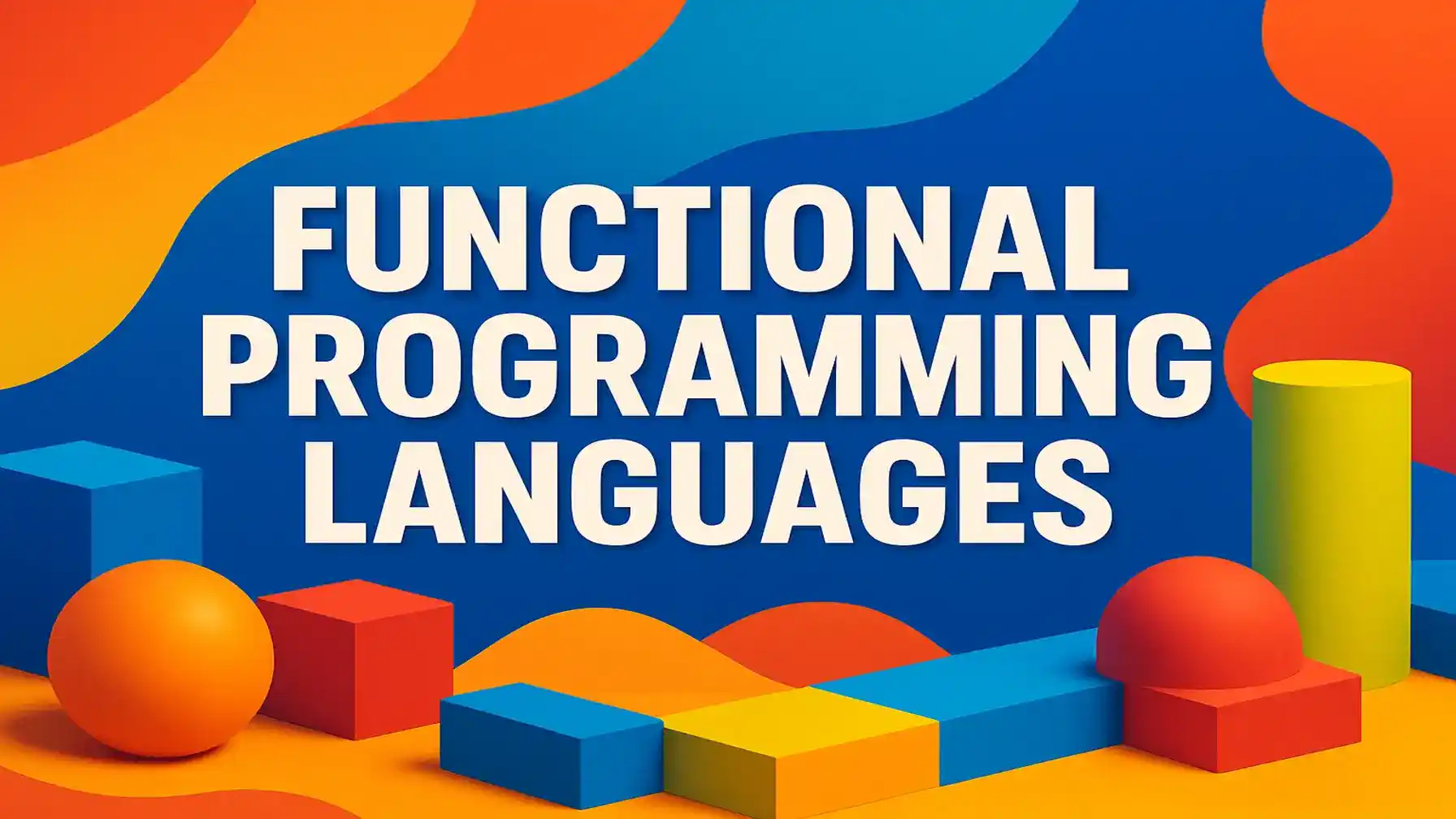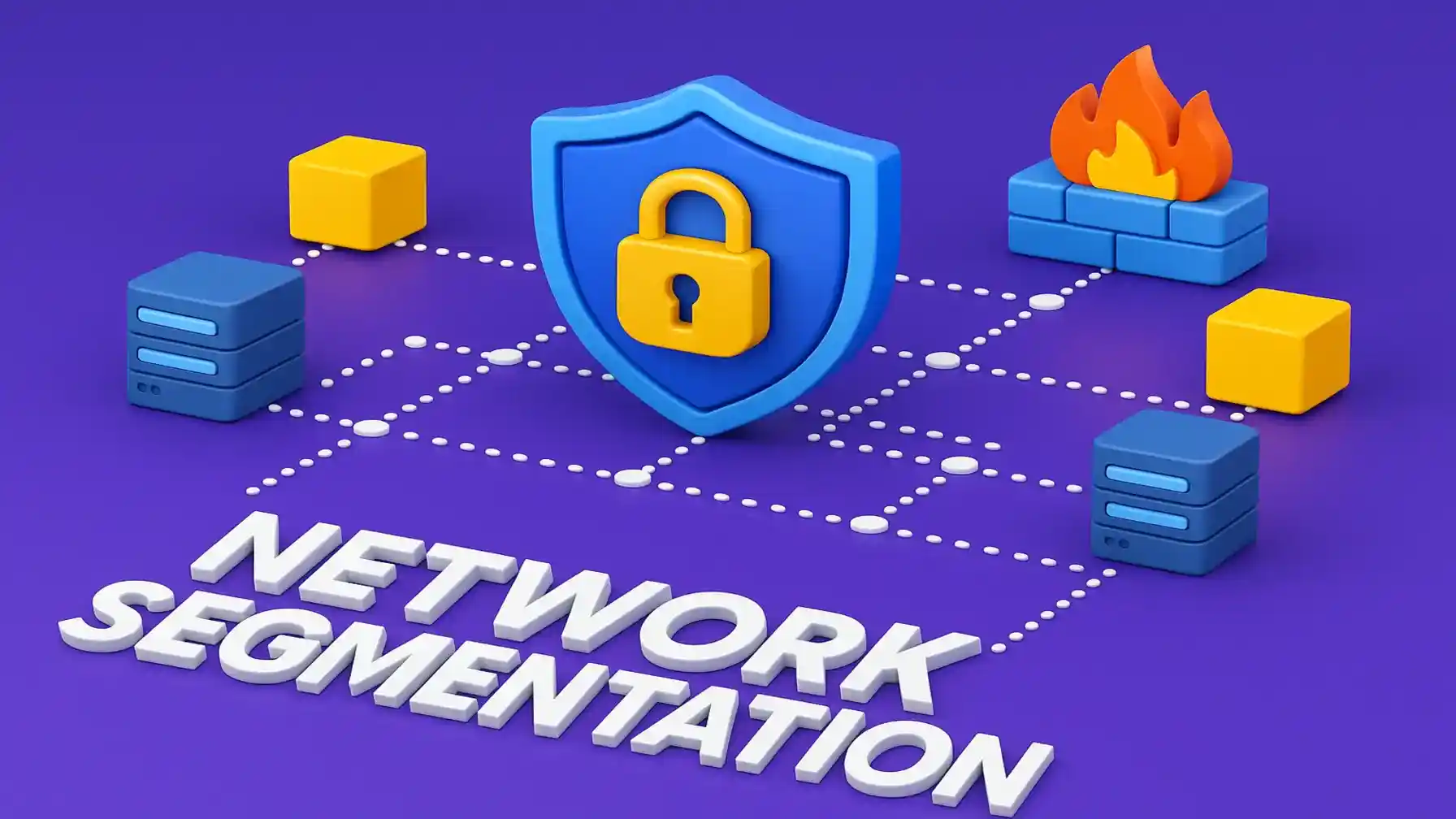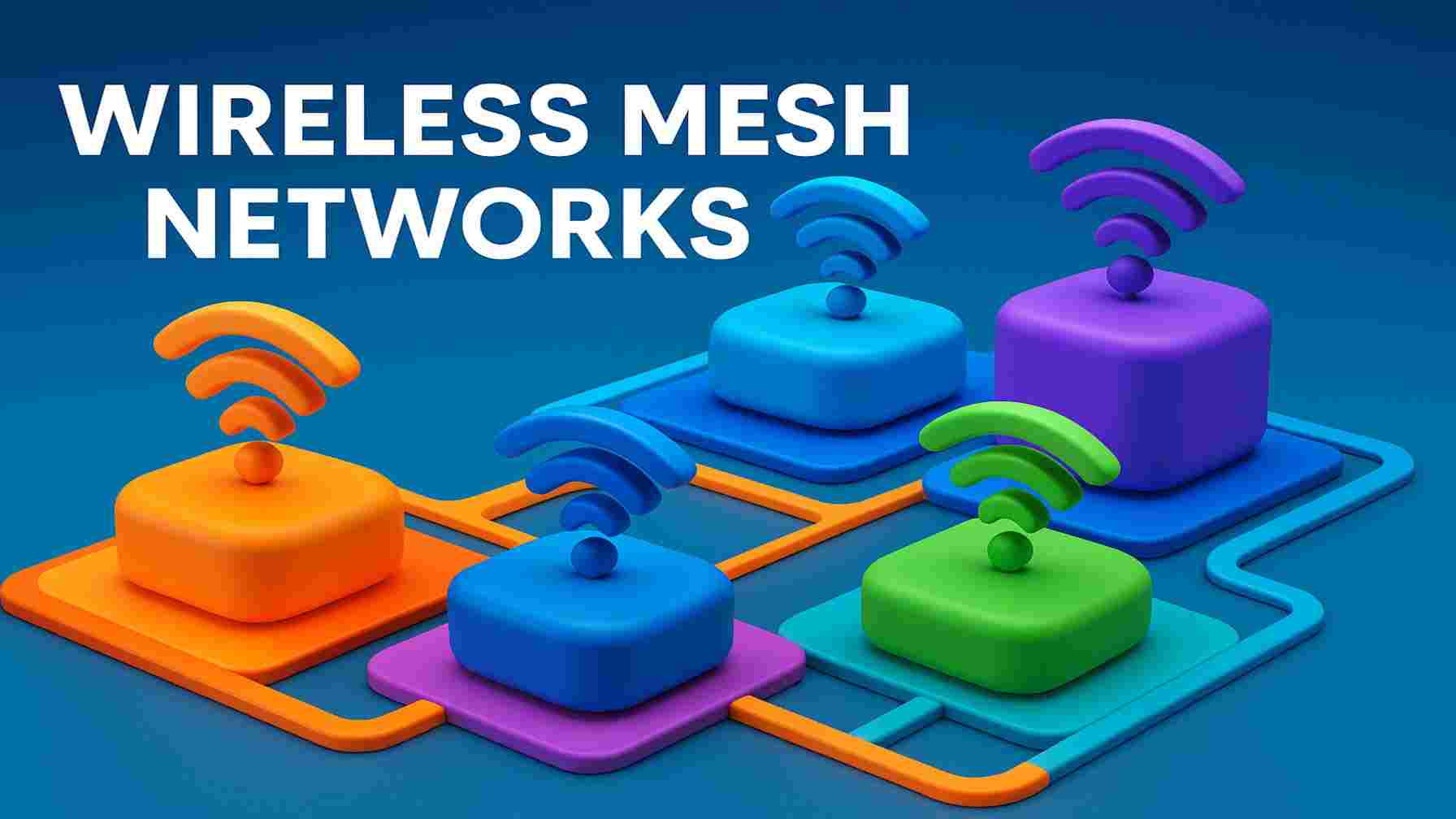Have you ever been captivated by the lifelike movements of a computer-generated character, or felt yourself transported to another world by a stunning virtual reality experience? These marvels are all thanks to the magic of 3D animation, a technology that continues to redefine the boundaries of storytelling and entertainment.
Whether you’re a budding animator or simply a curious observer, the world of 3D animation offers a fascinating glimpse into the future. From the groundbreaking work of Pixar studios that brought beloved characters like Buzz Lightyear and Dory to life, to the immersive experiences of virtual reality that allow you to explore fantastical landscapes, 3D animation has revolutionized the way we experience film, gaming, and even marketing.
But how exactly does 3D animation work? What are the different techniques used to create these captivating visuals? And what exciting innovations are shaping the future of this ever-evolving field? In this comprehensive blog post, we’ll delve deep into the captivating world of 3D animation, exploring its history, techniques, impact on various industries, and the exciting career paths it offers. So, buckle up and get ready to embark on a journey where imagination meets cutting-edge technology!
Understanding 3D Animation:
What is 3D Animation?
3D animation is a captivating digital art form that brings characters and environments to life in a three-dimensional space. Unlike traditional 2D animation, which is flat and two-dimensional, 3D animation adds depth, realism, and immersion to visual storytelling.
In essence, 3D animation involves creating moving images using computer-generated graphics that appear lifelike and dynamic. By manipulating digital models within a virtual environment, animators can simulate realistic movements of objects or characters from various perspectives. This technology allows creators to craft intricate and detailed worlds that captivate audiences, making them feel as if they are part of the action.
The process begins with the creation of 3D models, which are essentially digital sculptures made using specialized software. These models can represent anything from characters and props to entire landscapes. Once the models are created, they are rigged with a virtual skeleton, which allows them to move in a realistic manner. This is followed by animation, where these models are brought to life through carefully planned and executed movements.
Also Read: Navigating the Quantum Frontier: A Comprehensive Exploration of Quantum Computing
The appeal of 3D animation lies in its ability to create an immersive experience for viewers. It goes beyond the limitations of traditional animation by adding a third dimension, providing a sense of depth and realism that draws audiences into the story. This has made 3D animation a popular choice in various fields, from entertainment and education to marketing and virtual reality.
How Does 3D Animation Work?
3D animation is a captivating process that brings static images to life through movement. It involves creating three-dimensional models and environments digitally. To make these elements move realistically, animators use specialized software that allows them to manipulate the objects in a virtual space.
The key principle behind 3D animation is rigging, where a digital skeleton is created for each character or object. Animators then pose these skeletons frame by frame to create fluid motion sequences. Texturing adds surface details like color and texture to give depth and realism to the 3D models.
Lighting plays a crucial role in setting the mood of the scene, enhancing visuals, and creating shadows for added depth. Rendering brings all these elements together by processing the frames into a cohesive visual sequence ready for viewing on screen or in VR experiences.
Importance and Applications of 3D Animation:
Why is 3D Animation Important?
The significance of 3D animation lies in its ability to bring life-like visuals to various industries. It enhances storytelling by creating immersive experiences that captivate audiences.
In the world of entertainment, 3D animation adds depth and realism to films and video games, elevating the overall viewing experience. It allows creators to visualize their ideas in a dynamic and engaging way, pushing the boundaries of imagination.
Moreover, in marketing and advertising, 3D animation can showcase products from all angles, making them more appealing to consumers. It helps businesses stand out in a competitive market by presenting their offerings in a visually stunning manner.
Ways to Use 3D Animation
When it comes to 3D animation, the possibilities are endless. One of the key ways to use 3D animation is in architectural visualization. Architects and designers can create realistic renderings of buildings and spaces before they are even constructed.
Another popular application is in product design and prototyping. Companies can visualize products in a virtual space, allowing for easier modifications and improvements before production.
The entertainment industry also heavily relies on 3D animation for creating visually stunning films, TV shows, and video games. Characters come to life with intricate details and lifelike movements that captivate audiences worldwide.
Moreover, medical professionals utilize 3D animation for educational purposes, such as simulating surgeries or explaining complex medical procedures in a visual manner that is easy to understand.
Evolution of 3D Animation in Films and Gaming
With the advancement of technology, 3D animation has significantly transformed the landscape of films and gaming. In the early days, 3D animation was limited by technical constraints. However, pioneers like Pixar revolutionized the industry with groundbreaking films like Toy Story, showcasing the potential of 3D animation in storytelling.
In the realm of gaming, developers began incorporating 3D animation to create immersive virtual worlds that captivate players. Games like Fortnite and Overwatch utilize cutting-edge animations to bring characters and environments to life in ways never seen before.
The evolution of 3D animation in films and gaming has opened up new avenues for creativity and innovation. Filmmakers now have limitless opportunities to explore fantastical worlds and bring imaginative stories to audiences worldwide. Similarly, game developers can push boundaries with realistic graphics and interactive gameplay experiences.
Techniques and Tools in 3D Animation:
3D Animation Process
Creating 3D animations involves a multi-step process that requires creativity and technical skills. It starts with the concept development, where ideas are brainstormed and refined to form the basis of the animation. Next comes modeling, where digital 3D models of characters, objects, and environments are created using specialized software.
After modeling, texturing is applied to give these digital models their visual appearance – like colors, textures, and patterns. Rigging follows suit by adding a virtual skeleton to the models to enable movement. Animation then brings life to these static models through motion and expression.
Lighting is crucial in setting the mood and atmosphere of the scene while rendering converts all elements into final images or frames. Post-production adds finishing touches like special effects and sound design for a polished end result ready for viewing or integration into various mediums.
Differences Between 2D and 3D Animation
When comparing 2D and 3D animation, one of the key distinctions lies in the dimensionality. While traditional 2D animation is created on a flat surface, 3D animation adds depth and realism by incorporating three dimensions.
In terms of workflow, creating 2D animations typically involves drawing each frame by hand, whereas with 3D animation, artists use specialized software to model characters and environments in a virtual space.
Moreover, movements in 2D animations are often limited to two-dimensional planes, while in 3D animations, objects can move freely in three-dimensional space. This allows for more dynamic camera angles and perspectives.
Additionally, lighting and shading techniques differ between the two styles. In 2D animation, artists manually add shadows and highlights to create depth illusion; however, in 3D animation, these effects are calculated using realistic lighting simulations within the software.
Growth and Impact of 3D Animation:
Benefits of 3D Animation
When it comes to the benefits of 3D animation, the possibilities are endless. One major advantage is the level of realism that can be achieved through 3D modeling and animation techniques. This realism allows for immersive storytelling in films, captivating gameplay in video games, and engaging visuals in marketing campaigns.
Additionally, 3D animation provides a versatile platform for creativity. Animators have the freedom to design unique characters, environments, and special effects that may not be feasible with traditional methods. This opens up new avenues for artistic expression and innovation within various industries.
Moreover, 3D animations offers efficiency in production workflows. By utilizing digital tools and software, animators can streamline processes from conceptualization to final rendering. This leads to quicker turnaround times without compromising on quality.
Furthermore, the flexibility of 3D animation enables easy modifications and adjustments during the production phase. Whether it’s tweaking character movements or refining visual elements, changes can be made swiftly to meet project requirements and client feedback.
Impact on Industries like Television, Movies, Gaming, and Marketing
3D animation has revolutionized various industries, including television, movies, gaming, and marketing. In television, 3D animations enhances visual storytelling by creating immersive worlds and captivating characters that engage viewers on a whole new level. It allows for dynamic camera angles and stunning special effects that elevate the overall viewing experience.
In the realm of movies, 3D animation brings fantasy to life with realistic CGI creatures and breathtaking landscapes. Filmmakers can now push creative boundaries by seamlessly blending live-action footage with computer-generated elements to transport audiences to unimaginable realms.
The gaming industry has also been significantly impacted by 3D animations. Game developers leverage this technology to create lifelike environments, interactive gameplay mechanics, and compelling character animations that draw players into rich virtual worlds filled with excitement and adventure.
Moreover, in marketing, 3D animation is used to craft visually appealing advertisements that grab attention and communicate messages effectively. Brands utilize animated videos to showcase products or services in a more engaging way, leaving a lasting impression on consumers across various platforms.
Innovations and Trends in 3D Animation:
Real-Time Animation and Virtual Reality
Real-time animation is revolutionizing the industry by allowing animators to see their creations come to life instantly. This technology enables real-time rendering, making it possible for changes to be made on the spot. Animators can now interact with their characters in real time, enhancing creativity and efficiency.
Virtual reality takes 3D animation a step further by immersing users in a virtual world where they can interact with objects and environments. VR headsets transport users into a fully immersive experience where they can explore and engage with animated content like never before.
This innovation paves the way for new storytelling techniques and interactive experiences across various industries. From gaming to training simulations, real-time animation and virtual reality offer endless possibilities for creating engaging content that captivates audiences worldwide.

Future of 3D Animation in the Digital World
As technology advances, the future of 3D animation in the digital world looks incredibly promising. With the continuous development of artificial intelligence and machine learning, we can expect even more realistic and immersive animations.
One exciting trend on the horizon is the integration of 3D animations with augmented reality (AR). This technology allows users to interact with virtual objects overlaid onto the real world through their smartphones or AR glasses. Imagine being able to see animated characters come to life in your own living room or explore a virtual environment while walking down the street.
Another area that holds great potential is procedural animation, where algorithms generate animations based on certain rules or parameters. This technique allows for dynamic and adaptive animations that can respond to user inputs or environmental changes in real-time.
Furthermore, advancements in hardware such as graphics processing units (GPUs) will continue to push the boundaries of what is possible in 3D animation. Faster rendering times and higher-quality visuals will enable animators to create more complex and detailed animations.
Human Creativity Meets AI Capabilities:
Human Creativity and AI Collaboration
The collaboration between human creativity and AI capabilities is transforming the landscape of 3D animation. While humans bring their artistic vision, storytelling skills, and unique perspectives to the table, AI contributes by automating repetitive tasks and enhancing efficiency.
One way in which this collaboration manifests is through the use of AI-powered tools for character animation. These tools can analyze motion-capture data or existing animations to generate lifelike movements for characters. By leveraging machine learning algorithms, animators can save time on manual keyframing while still maintaining creative control over their projects.
Furthermore, AI can assist in procedural generation of environments and assets, enabling artists to focus on refining details rather than starting from scratch. This synergy between human creativity and AI capabilities holds immense potential for pushing the boundaries of what can be achieved in 3D animation.
The Role of AI in Enhancing 3D Animation
Artificial intelligence (AI) is playing a crucial role in enhancing the capabilities of 3D animation. One significant area where AI is making a difference is in automating repetitive tasks, such as rigging and character animation. By utilizing machine learning algorithms, animators can save time and effort by allowing AI to handle these time-consuming processes.
AI-powered tools also enable realistic motion capture, where movements from real-life actors are accurately translated into digital characters. This not only enhances the realism of animations but also allows for more natural and fluid movements.
Moreover, AI can assist in procedural generation, creating complex environments and assets with minimal human intervention. This opens up new possibilities for animators to explore intricate details and expansive worlds without spending excessive time on manual creation.
Additionally, AI algorithms can analyze vast amounts of data to optimize rendering techniques, resulting in faster rendering times and improved visual quality. This enables animators to iterate quickly and achieve high-quality results efficiently.
Careers in 3D Animation:
Job Roles and Career Paths
When it comes to careers in 3D animation, the possibilities are vast and diverse. From character animators who breathe life into digital beings to visual effects artists who create stunning CGI sequences, there is a wide range of job roles within this field.
One common career path is becoming a 3D modeler, where professionals sculpt and design intricate digital models for characters, objects, or environments. These skilled artists use specialized software like Autodesk Maya or Blender to bring their creations to life. Another option is pursuing a role as an animation supervisor, overseeing the entire animation process and ensuring seamless coordination between different departments.
Additionally, aspiring animators can explore opportunities in game development as game animators or motion capture specialists. These roles involve creating realistic movements for characters and integrating them into interactive gameplay experiences.
For those interested in storytelling, becoming a storyboard artist allows individuals to plan out scenes visually before they are animated. This role requires strong drawing skills and an understanding of narrative structure.
Moreover, visual effects artists work on creating breathtaking CGI sequences that enhance movies, TV shows, and commercials. Their expertise lies in blending live-action footage with computer-generated elements seamlessly.
Skills and Education Required:
To excel in the field of 3D animation, aspiring animators need to develop a diverse set of skills and pursue relevant education. First and foremost, a solid foundation in traditional art forms such as drawing and sculpture is essential. These skills help animators understand anatomy, proportions, and composition.
In addition to artistic abilities, technical proficiency in software programs like Autodesk Maya, Blender, or Cinema 4D is crucial. These tools are widely used for modeling, rigging, texturing, and animating 3D characters and environments. Familiarity with rendering engines like Arnold or Unreal Engine can also be advantageous.
Moreover, knowledge of animation principles such as timing, weight distribution, and motion capture techniques is vital for creating realistic movements. Strong problem-solving skills come into play when troubleshooting issues related to character rigs or rendering errors.
Furthermore, staying updated with industry trends and continuously improving one’s skills through workshops or online courses can give aspiring animators a competitive edge.
Career Paths in 3D Animation
The field of 3D animation offers numerous career paths for aspiring artists and animators. One popular career path is becoming a character animator, where individuals specialize in bringing digital characters to life through movement and expression.
Another option is pursuing a career as a visual effects artist, working on creating stunning CGI sequences for movies, TV shows, or commercials. These professionals use their technical skills to blend live-action footage with computer-generated elements seamlessly.
For those interested in storytelling, becoming a storyboard artist allows individuals to plan out scenes visually before they are animated. This role requires strong drawing skills and an understanding of narrative structure.
Additionally, 3D modelers focus on sculpting and designing intricate digital models for characters, objects, or environments. Their expertise lies in creating detailed and realistic assets that serve as the foundation for animations.
Game development offers another exciting career path within 3D animations. Game animators and motion capture specialists work on creating realistic movements for characters and integrating them into interactive gameplay experiences.
You may also like to read: Streaming Wars: The Future of Online Entertainment
Conclusion:
The world of 3D animation has come a long way since its inception. From the groundbreaking work of Pixar to the immersive experiences offered by virtual reality, 3D animation continues to captivate audiences across various industries.
The importance of 3D animations cannot be understated, as it brings stories to life with stunning visuals and realism. Its impact on industries like television, movies, gaming, and marketing is undeniable, revolutionizing how content is created and consumed.
As technology advances, we can expect even more exciting innovations in the field of 3D animation. Real-time animation and virtual reality are just the beginning – the future holds endless possibilities for pushing creative boundaries.
For those interested in pursuing a career in 3D animations, there are numerous job roles and career paths to explore. With the right skills and education, aspiring animators can embark on a rewarding journey filled with creativity and innovation.
So whether you’re an aspiring animator or simply fascinated by the magic of 3D animation, one thing is certain – this dynamic field will continue to shape our digital world for years to come.








